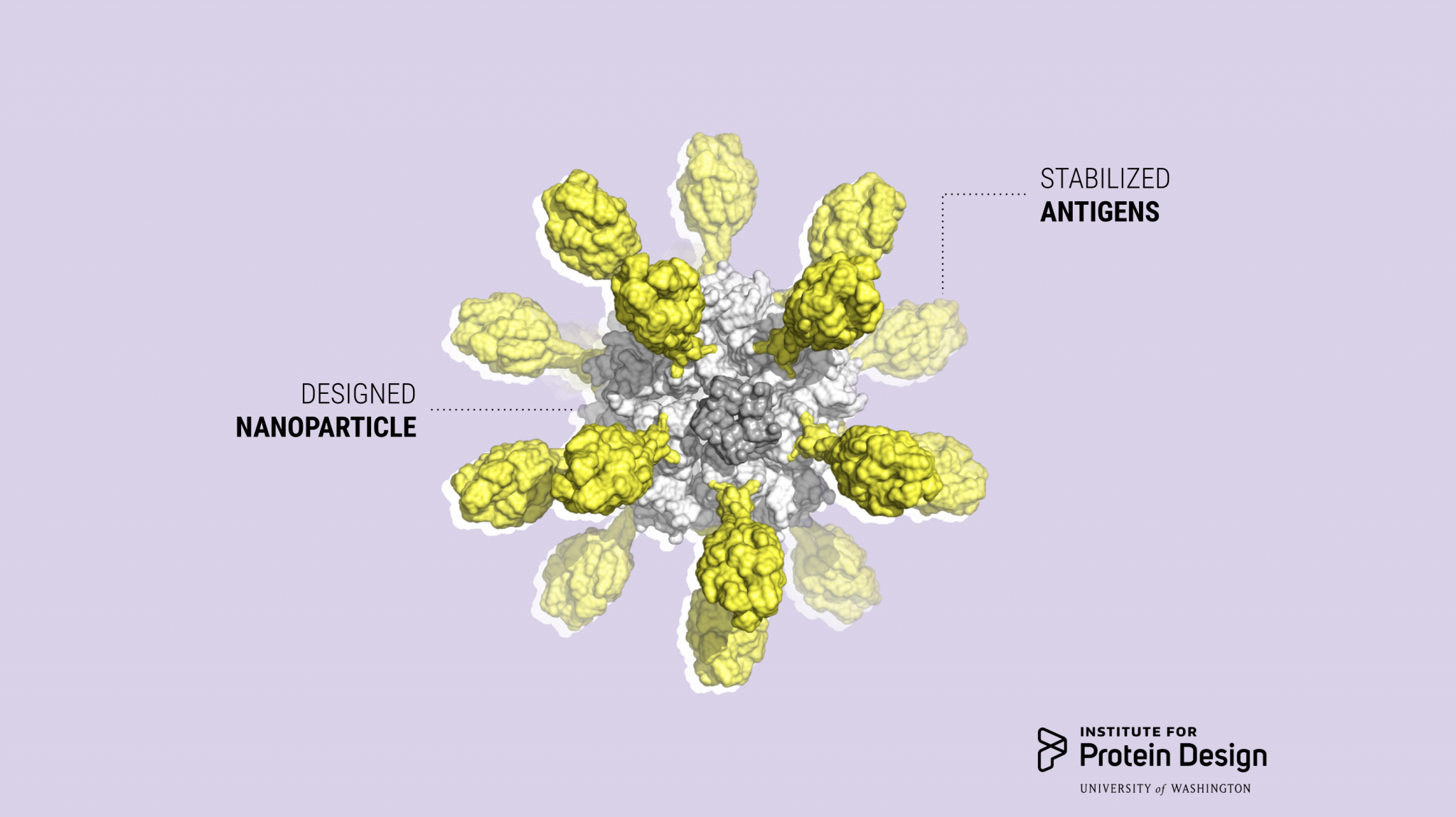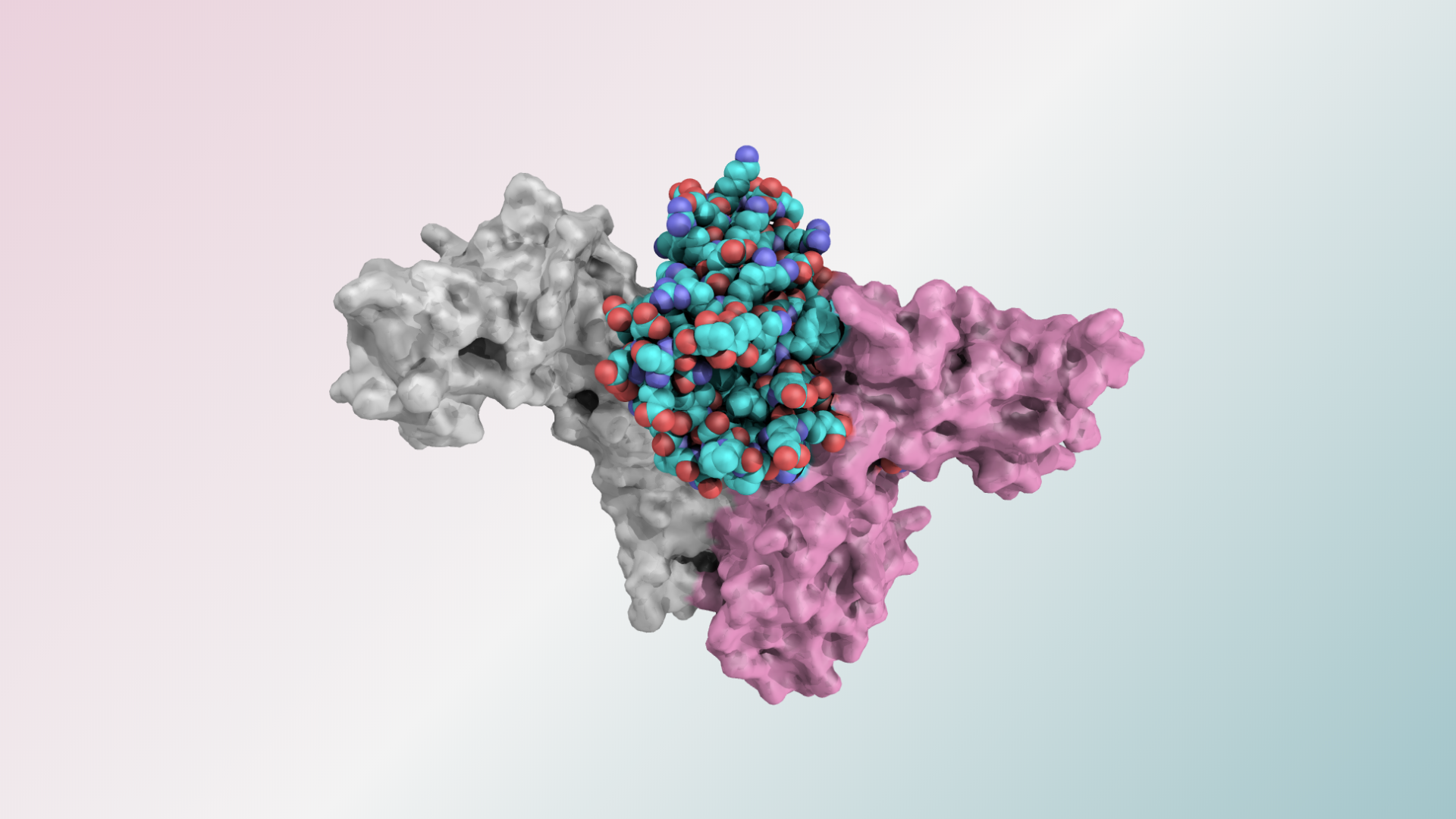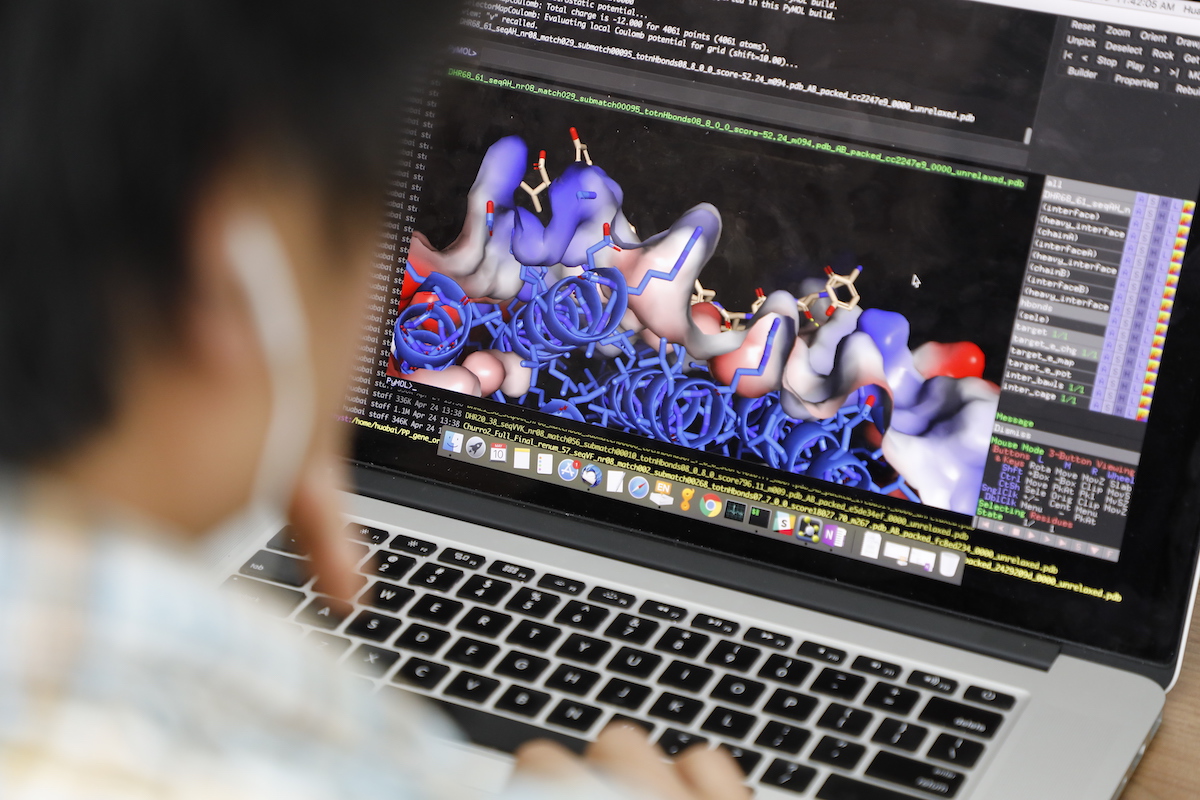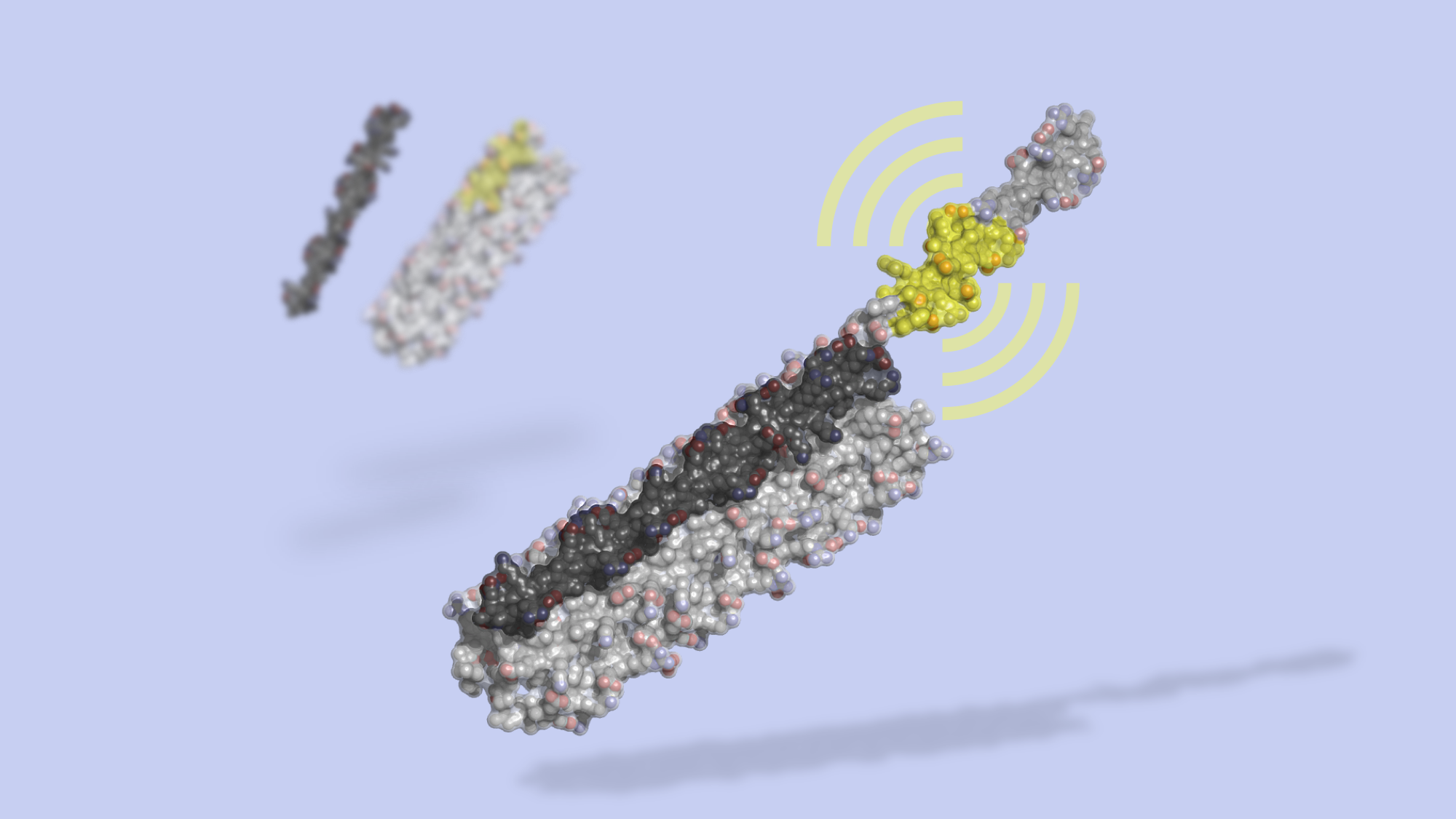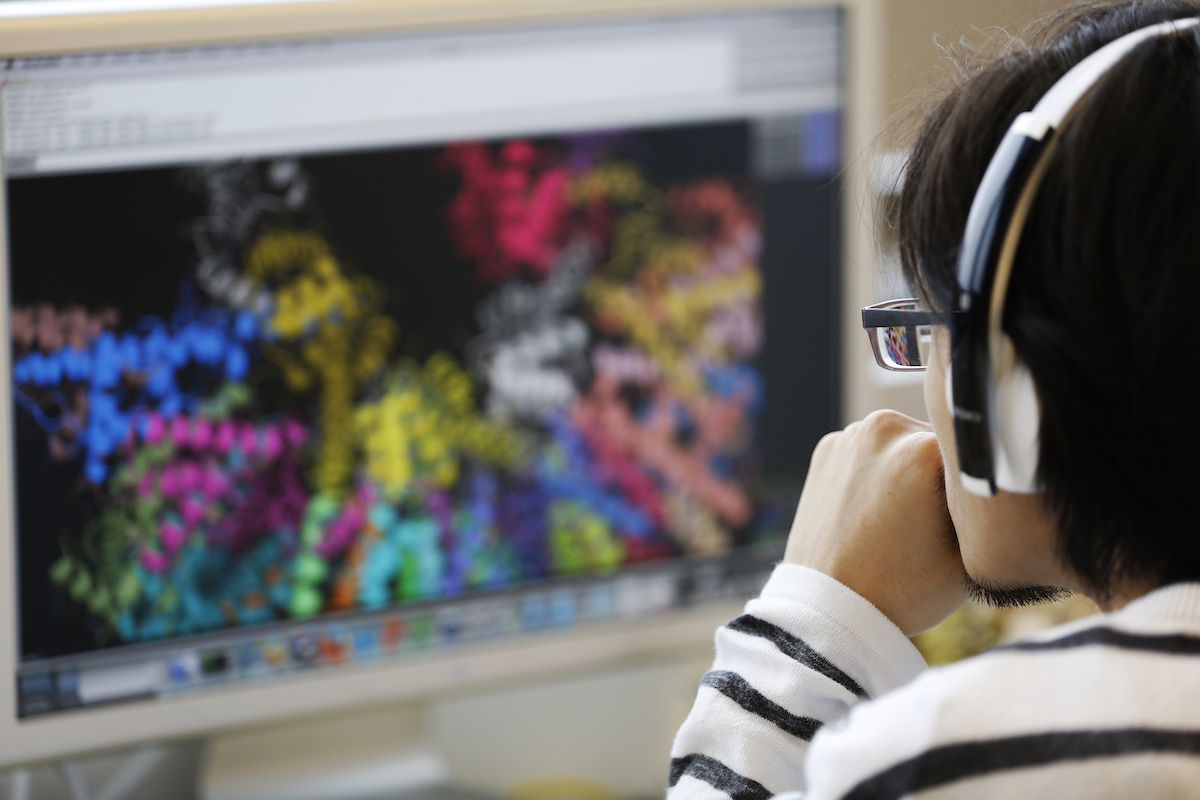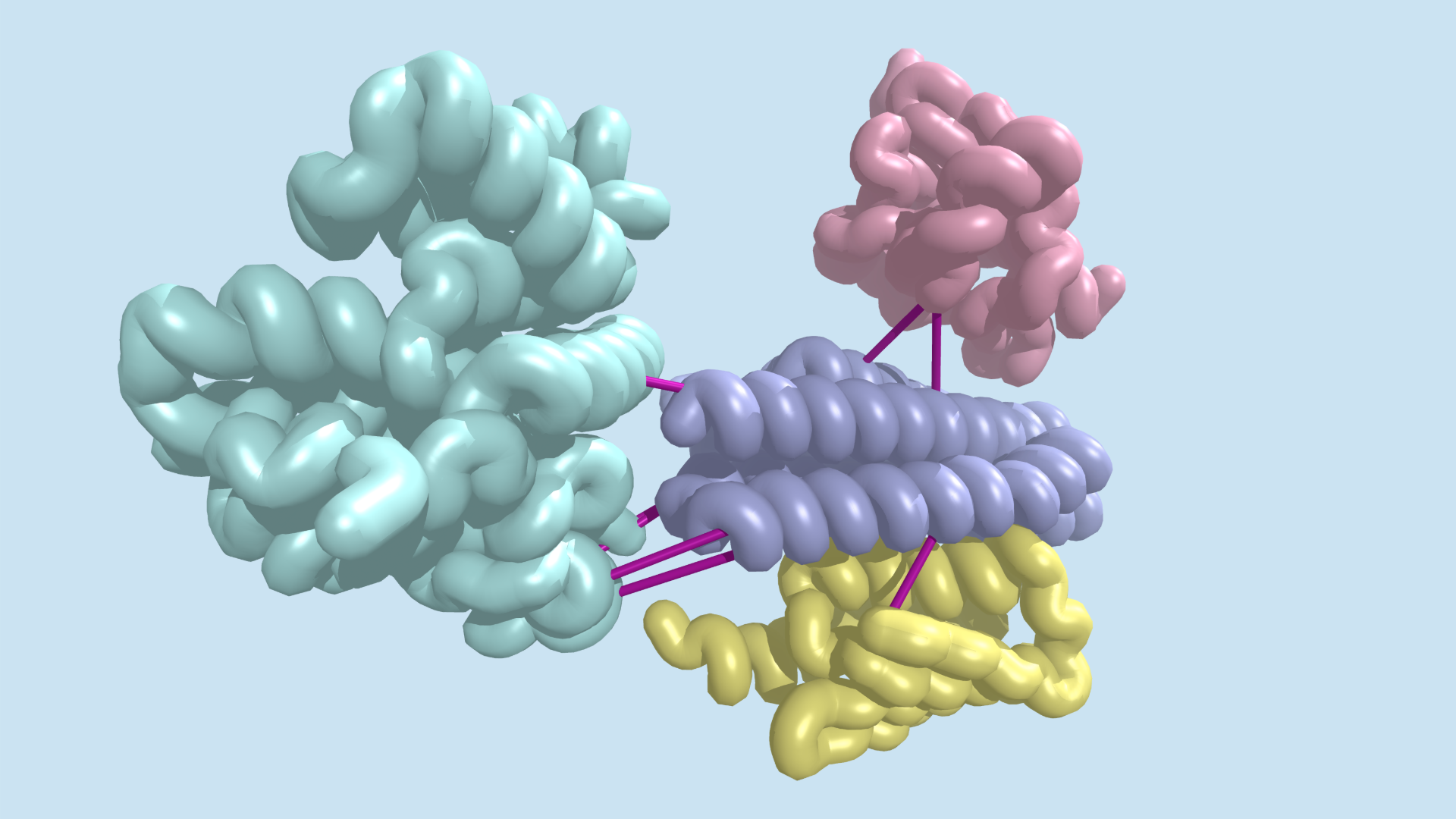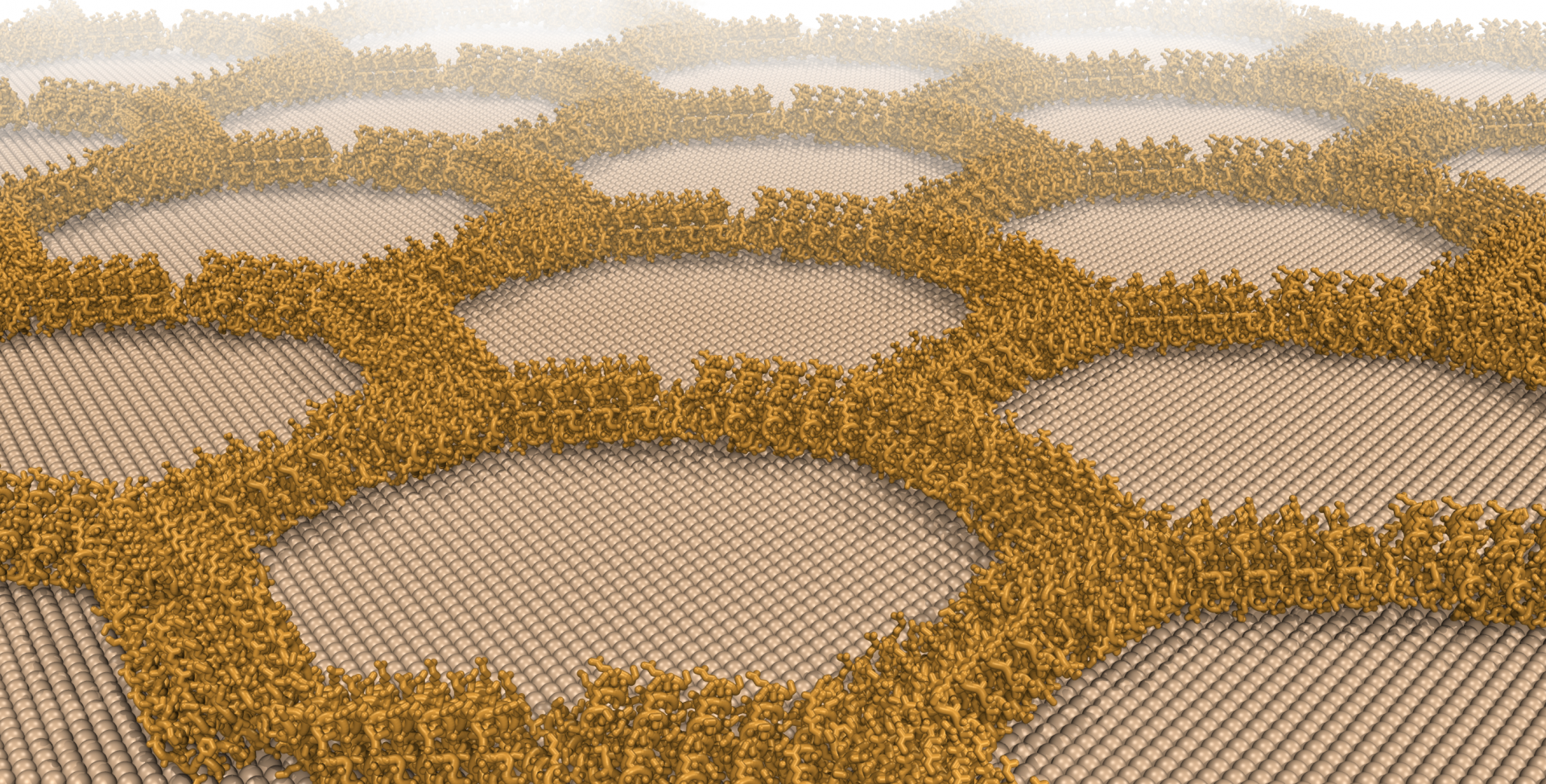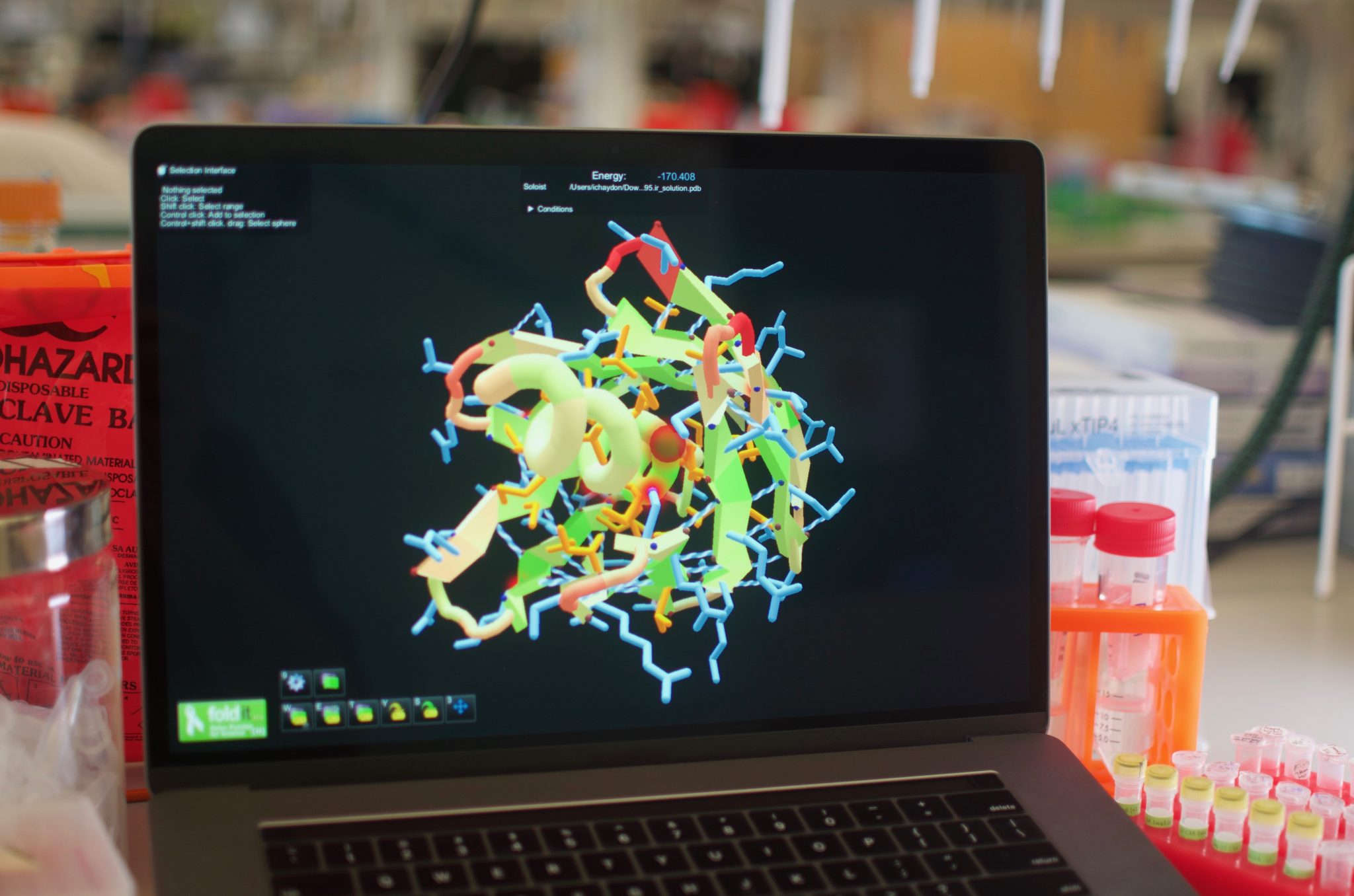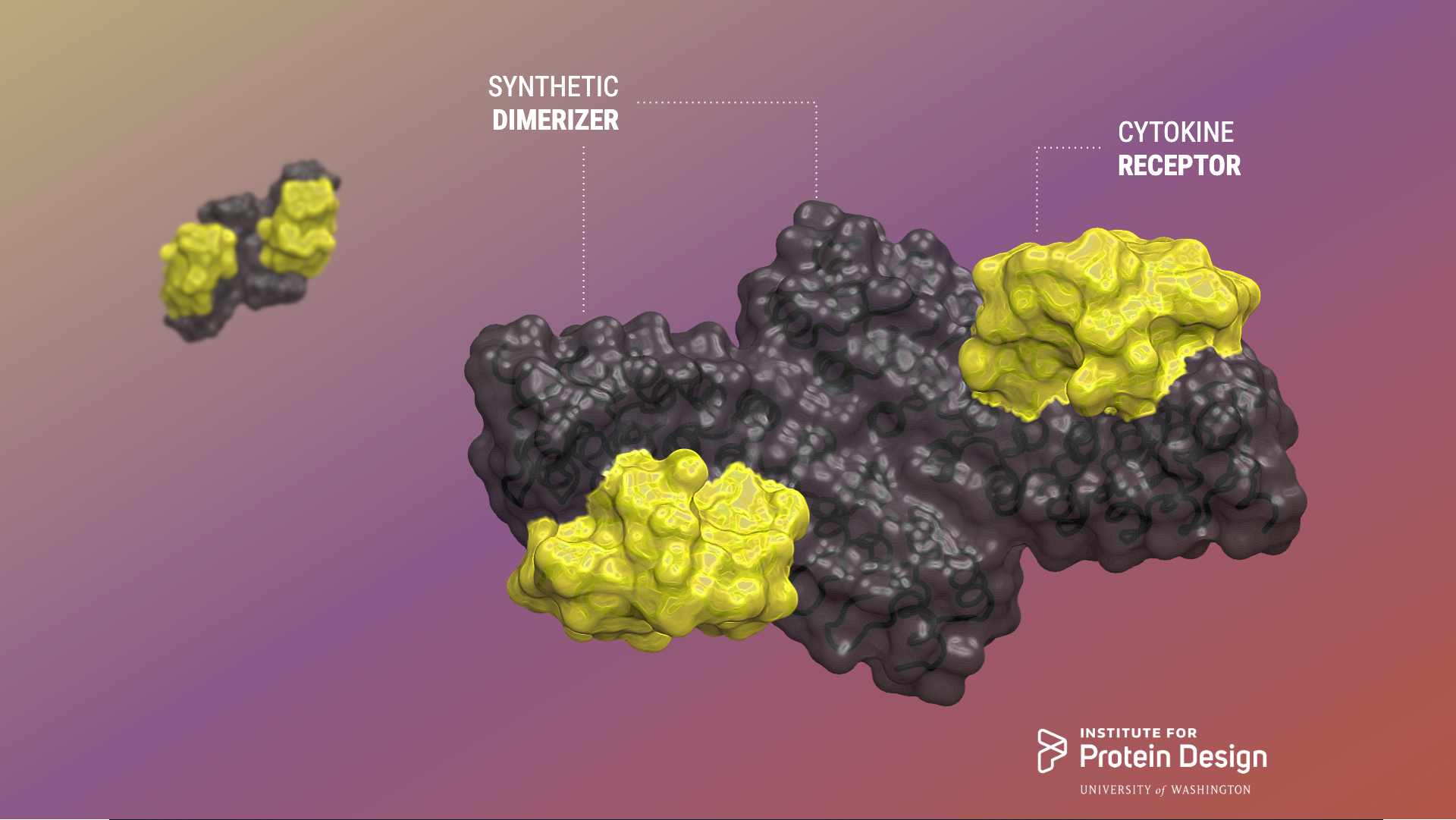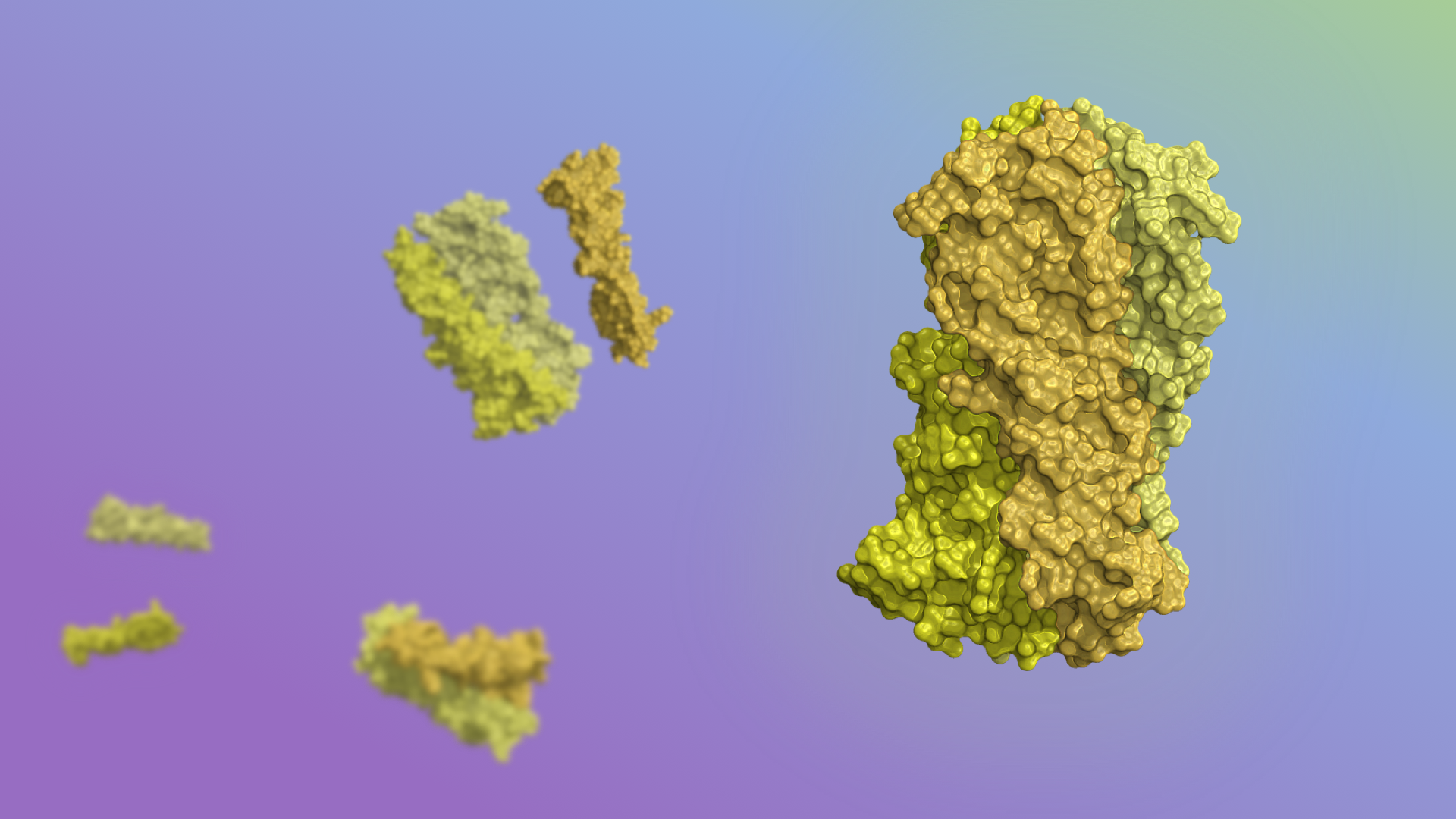Latest posts
-
Icosavax launches to advance designer vaccines
Icosavax, Inc. today announced its launch with a $51 million Series A financing. The company was founded on computationally designed self-assembling virus-like particle (VLP) technology developed here at the IPD (Cell 2019, Preview). The proceeds of the financing will be used to advance the company’s first vaccine candidate, IVX-121, for…
-
Neoleukin: from spinout to public company in 7 months
IPD-spinout Neoleukin Therapeutics announced this week a merger with Aquinox Pharmaceuticals, a publicly traded company. The combined company will change its name to Neoleukin Therapeutics, and will continue to advance its Rosetta-designed protein platform for cancer, inflammation, and autoimmune diseases. Neoleukin was spun out of the IPD Translational Investigator Program…
-
5 questions about LOCKR from our Reddit AMA
Researchers from the IPD and UCSF recently participated in a Reddit Ask Me Anything about LOCKR, our new de novo protein switch. Reddit users had dozens of fantastic questions — so many, in fact, that the team ran out of time before they could address them all. “The questions were…
-
Introducing LOCKR: a bioactive protein switch
Today we report in Nature the design and initial applications of the first completely artificial protein switch that can work inside living cells to modify—or even commandeer—the cell’s complex internal circuitry. The switch is dubbed LOCKR, short for Latching, Orthogonal Cage/Key pRotein. “In the same way that integrated circuits enabled the explosion of the computer chip…
-
Feature: The computational protein designers
Jeffrey Perkel, technology editor at Nature, has just written a feature on de novo protein design. PDF
-
Coevolution at the proteome scale
Today we report in Science the identification of hundreds of previously uncharacterized protein–protein interactions in E. coli and the pathogenic bacterium M. tuberculosis. These include both previously unknown protein complexes and previously uncharacterized components of known complexes. This research was led by postdoctoral fellow Qian Cong and included former Baker lab graduate student Sergey Ovchinnikov, now…
-
Protein arrays on mineral surfaces
Today we report the design of synthetic protein arrays that assemble on the surface of mica, a common and exceptionally smooth crystalline mineral. This work, which was performed in collaboration with the De Yoreo lab at PNNL, provides a foundation for understanding how protein-crystal interactions can be systematically programmed. Our goal was to engineer…
-
Protein design by citizen scientists
Citizen scientists can now use Foldit to successfully design synthetic proteins. The initial results of this unique collaboration appear today in Nature. Brian Koepnick, a recent PhD graduate in the Baker lab, led a team that worked on Foldit behind the scenes, introducing new features into the game that they believed…
-
Designed ligands tune cytokine signaling
Today the Baker lab shares some exciting collaborative results of their efforts to design rigid and tunable receptor dimerizers. The first authors of this report are Kritika Mohan, Stanford, and George Ueda, IPD. From Science: Exploring a range of signaling Cytokines are small proteins that bind to the extracellular domains of transmembrane…
-
Tunable pH-dependent assemblies
Natural proteins often shift their shapes in precise ways in order to function. Achieving similar molecular rearrangements by design, however, has been a long-standing challenge. Today, a team of researchers lead by scientists at the IPD report in Science the rational design of synthetic proteins that move in response to their…

